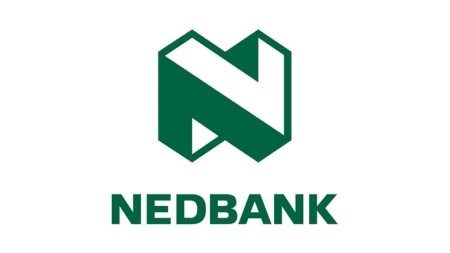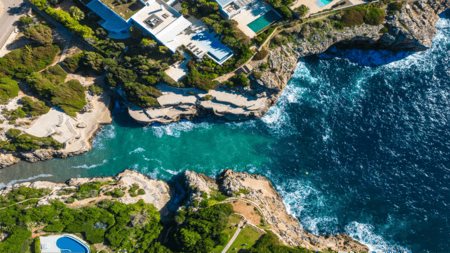Long term consideration of the challenges facing first time home buyers, such as affordable living costs once they have become homeowners, is essential. In addition to the earliest and usually most complex stages related to obtaining property finance is the necessary fiscal discipline, not only to meet monthly re-payments but also daily living expenses. More recently are proud new property owners seeing cost savings at low cost housing developments, where energy efficiency has been incorporated in the long term vision.
And for property developers striving to meet growing demand in the affordable sector of the market, there are numerous challenges to be met. This includes the provision of affordable as well as sustainable lifestyles within these developments for new buyers, as well as optimum quality suited to attract both private and government subsidies.
Property buyers are also seeing the benefits of a broader selection of stock becoming available, in both the affordable and GAP housing sector, nationally. Those with earnings exceeding the criteria for traditional RDP housing subsidised by the government, yet unable to service monthly bond re-payments to a banking institution, now have access to properties in different affordability categories within one development.
Cape Town is currently seeing the next phase of the 1 500 unit Stellendale Village, a secure housing complex between Stellenbosch and Tyger Valley originally launched in 2009. As a joint venture agreement between International Housing Solutions, the SA Workforce Housing Fund and Visual International, 10% or 127 of the properties will be sold as GAP properties.
Peter Grobbelaar of Visual International Property Developers says the aim is to inspire the private sector to provide increased public-private partnerships and investments in the local affordable housing sector where demand outstrips supply. He says through a private, non-government subsidy, homes will be discounted at more than R90,000 below other units, to cater for first time buyers with monthly household incomes of between R3,500 and R14,000. GAP homes and apartments will cost between R299 000 and R399 000, while 600 units will be marketed to middle-income earners in the price range of R489 500 and R629 000. To achieve maximum social integration and upliftment, the GAP to be similar to other units, will be interspersed between other village homes and apartments.
The Stellenberg Village development will also feature financially viable energy savings for a sustainable living environment, where residents will benefit from the implementation strategies within the recommended carbon reductions program. Grobbelaar says the project’s 50% energy intervention program will reduce power consumption through a number of technologically advanced applications. A centralised hot water reticulation system, and heat exchange system for central heating will complement insulation, and water savings will be achieved by channelled rainwater and reduced water flow fittings such as tap aerators and single flush toilets. The use of energy efficient streetlights and indigenous gardens will form part of the overall landscaping.
In addition will be a portion of state owned land adjacent to Stellendale Village, made available for incorporation into this development by the Department of Local Government and Housing of the Western Cape Provincial Government. As of April 2012 monthly earners of between R3,500 and R15,000 can apply for housing subsidies of up to R83,000 from provinces. This will afford applicants the opportunity to approach accredited banks who by facilitating housing finance, will submit applications to the National Housing Finance Corporation (NHFC).



